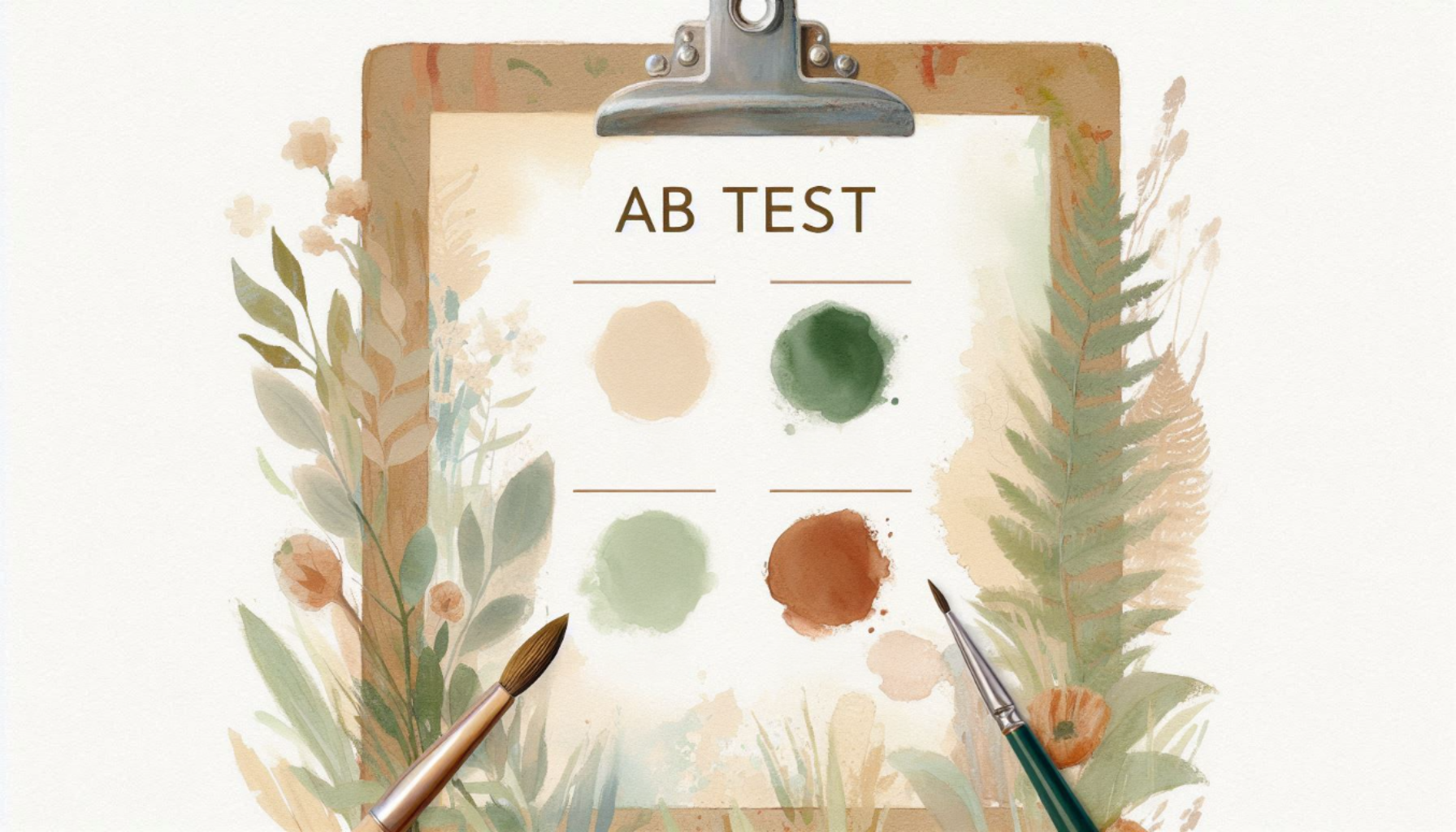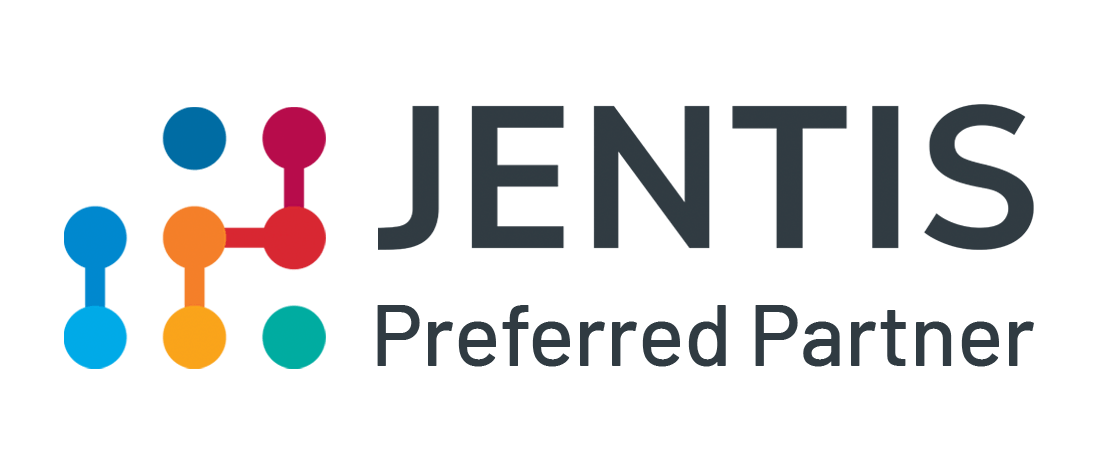“AI-powered.” “Create effortlessly with generative AI.” “Chat with our AI assistant.”
Artificial intelligence is everywhere — and marketing is no exception. But beyond the buzzwords, how exactly is this AI revolution reshaping one of marketers’ most powerful optimization tools: A/B testing?
If you need a refresher on the fundamentals, our previous articles Introduction to A/B Testing and Successful A/B Tests in 5 Steps cover everything from strategy to setup and evaluation.
Here, we take a closer look at how generative AI is transforming the way we test — and why it’s not replacing A/B testing, but elevating it to the next level.
A/B Testing Isn’t Dead — It’s Getting Smarter
Despite bold claims about “AI-driven optimization,” A/B testing is far from obsolete. In fact, AI makes testing faster, more automated, and more insightful.
Leading experimentation platforms have relied on machine learning for years — for example, to improve traffic allocation or assess statistical significance.
But since generative AI broke into the mainstream in 2023, every stage of the testing process has evolved. From ideation and implementation to analysis and learning, AI is redefining what testing can achieve.
1. Smarter Hypotheses: AI as a Creative Partner
Where brainstorming sessions once depended on instinct and experience, AI can now act as a creative sparring partner.
Using historical data, user segments, or text analysis, it can propose data-driven hypotheses — helping marketers build stronger test concepts and uncover new perspectives on familiar challenges.
Whether it’s alternative headlines, button copy, or full layout ideas, AI injects creativity into the early stages of testing and removes one of the biggest bottlenecks: the time it takes to generate ideas.
2. From Prompt to Variant: Simplifying Implementation
AI is dramatically lowering the technical barrier to running experiments.
With natural-language interfaces built into modern testing tools, you can now describe a variant instead of coding it.
A simple prompt like:
“Test a version with a shorter headline and a call-to-action button above the hero image.”
…is all it takes. The system automatically creates the variant — no developer hand-off, no CSS tweaks, no waiting in line for engineering support.
3. Deeper Insights, Faster Reactions
As tests run, AI models analyze massive volumes of behavioral data, surfacing subtle patterns that humans might miss — signs of frustration, curiosity, or delight.
These deeper insights reveal why users behave a certain way, not just how.
Even more powerful: AI can automatically react to those signals. When certain behavioral trends emerge, the system can adjust variants or suggest optimizations in real time.
Testing shifts from a series of static experiments to a continuous learning process.
4. The AI Feedback Loop: Learning Never Stops
One of AI’s greatest advantages is its ability to learn iteratively. Insights from completed tests immediately feed back into the next round of ideation, creating a self-improving optimization loop.
Unlike traditional approaches, AI can analyze thousands of historical experiments simultaneously, uncovering correlations and context that would take humans weeks to identify.
This shortens learning cycles from days to minutes — enabling faster, more strategic decision-making throughout the testing process.
Conclusion: More Tests, Less Effort — Greater Impact
Generative AI solves one of the most persistent challenges in experimentation: time.
- Creative variants are generated faster — and grounded in data.
- Implementation no longer requires code.
- Analysis and interpretation are automated.
That means marketers can explore more ideas, test across more funnel stages, and make better decisions — all without needing deep technical expertise.A/B testing remains the cornerstone of data-driven optimization — only now, it’s smarter, more agile, and more accessible than ever before.
But here’s the real question: what will you do with the time you save?
Using it solely to run even more tests only spins the wheel faster. The smarter move is to focus on effectiveness over efficiency — using the freed-up time to develop better strategies, stronger hypotheses, and deeper learnings for long-term growth.









